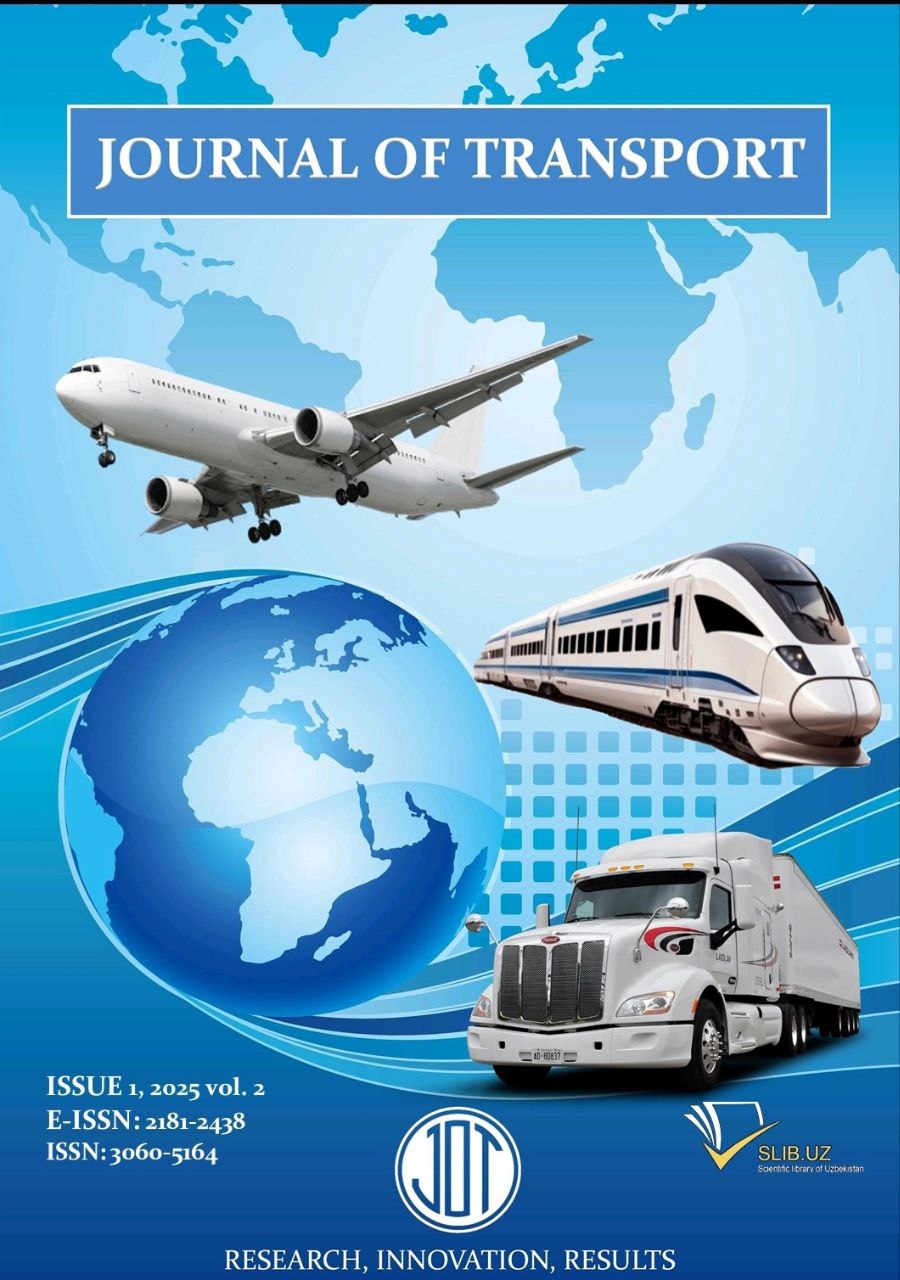Mahalla center of the future in Uzbekistan: space for all generations
Abstract
The article presents the developed main aspects of the design concept of modern mahalla centers for the Republic of Uzbekistan. The makhalla center is presented not just as a building, but as a multifunctional ecosystem that combines places of leisure, public events, additional education and development, work and sports, organization of self-government processes and public utilities. The need to implement in the projects the principles of sustainable architecture, including earthquake resistance, energy saving, environmental friendliness and comfort was noted.
References
[2] lex.uz, president.uz, uzbekistaninfo.ru, uzbekistan.travel, advantour.com, uz.sputniknews.ru, t.me/pravoinf, yuz.uz, Plov.Press.
[3] В специализированных махаллях появятся микро-промышленные центры https://nova24.uz/uzbekistan/ 2022/04/19
[4] Santiago Gonzalez Garci. Community center design // Design Media Publishing Limited. 2014. 224 p.
[5] Федченко И.Г. «Комьюнити-центр» как новый вид архитектуры в жилой среде // Contemporary World’s Architecture, 1/2020. Pp. 248–262
[6] Шомина Е.С. Соседские центры как элемент инфраструктуры соседского сообщества // Экономические и социально-гуманитарные исследования.2015. №4 (8). C. 95–104.





